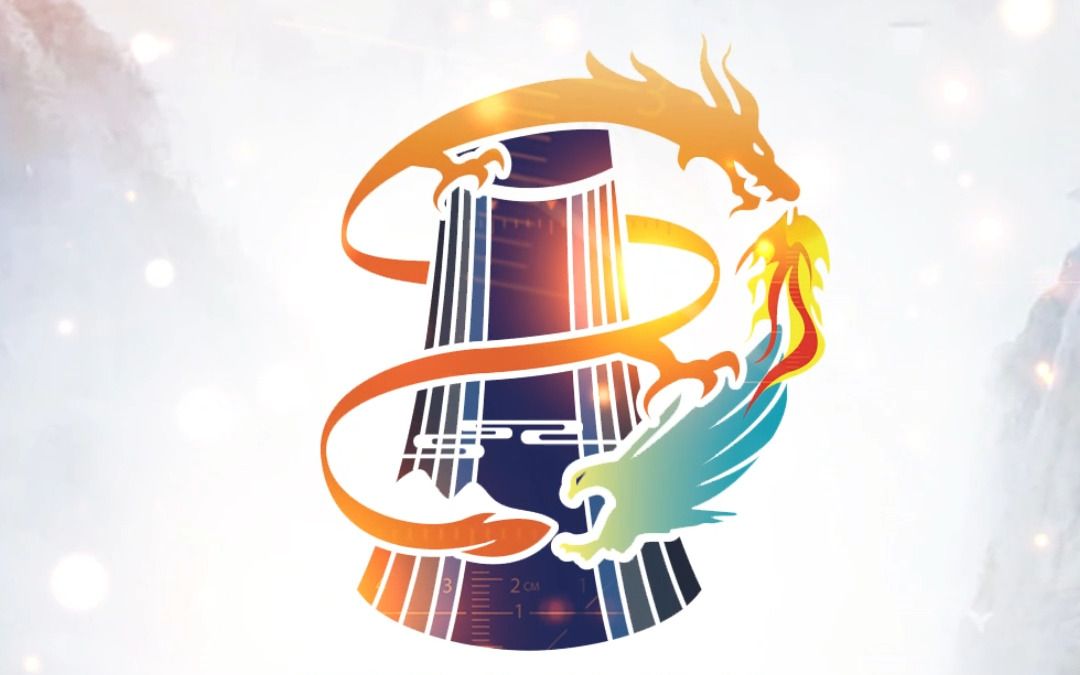马面裙:起源与特点
What is the Ma Mian skirt?
The Ma Mian skirt is one of the most typical styles of Han Chinese women's clothing in the Ming and Qing dynasties of China. Its design style has gone through a series of transformations, including the fresh and elegant style of the Ming Dynasty, the splendid and magnificent style of the Qing Dynasty, and the beautiful and simple style of the Republic of China period.
Why is it called the Ma Mian skirt?
The Ma Mian skirt gets its name from its characteristic of being composed of four skirt doors. When worn, the middle skirt door overlaps with the side skirt doors, forming a smooth surface or a horse face. Therefore, people call this skirt style the Ma Mian skirt. Although some people believe that the horse face has a defensive meaning, more literature indicates that it is not directly related to animals.
Characteristics of the Ma Mian skirt
The Ma Mian skirt was popular during the Ming and Qing dynasties and has the following characteristics:
- It adopts a design of four skirt doors, with two doors overlapping each other.
- The side doors are designed with a folded edge, and the skirt waist is usually tied with a white cloth belt.
- The decorations on the skirt doors are mainly distributed on the outside, with fewer or no decorations on the inner skirt doors.
- The Ma Mian skirt has a gorgeous appearance and gives people a sense of ethnic style.
The Ma Mian skirt and Hanfu
The horse-faced skirt is a style in the Hanfu system. It originated in the Ming Dynasty and continued until the Republic of China. Therefore, the horse-faced skirt is a type of Hanfu. The design of the horse-faced skirt has certain similarities with the clothing of the Han Dynasty, and can be compared with the clothing of the nationwide Hu transformation period in the Sui and Tang Dynasties based on clothing features.
In short, as one of the representatives of the dress of Han Chinese women in the Ming and Qing dynasties, the unique design and gorgeous appearance of the horse-faced skirt made it a beloved garment for women at that time. Through understanding the horse-faced skirt, we can better understand the diversity and development process of traditional Chinese clothing.

